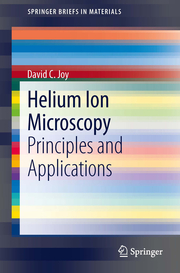Detailansicht
Helium Ion Microscopy
Principles and Applications, SpringerBriefs in Materials
ISBN/EAN: 9781461486596
Umbreit-Nr.: 5455622
Sprache:
Englisch
Umfang: viii, 64 S., 13 s/w Illustr., 16 farbige Illustr.,
Format in cm:
Einband:
kartoniertes Buch
Erschienen am 14.09.2013
Auflage: 1/2013
€ 53,49
(inklusive MwSt.)
Nachfragen
